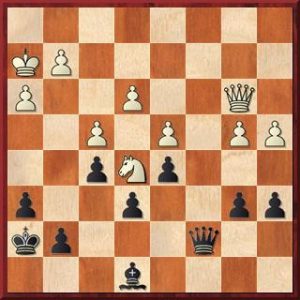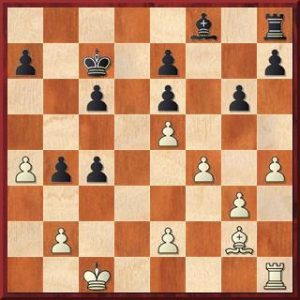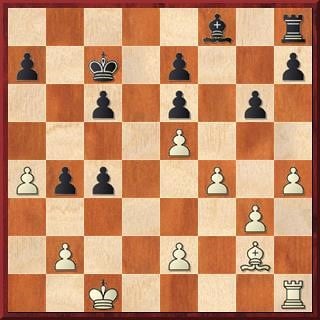We all know a bad bishop when we see one. It’s a sight you cannot possibly miss.

This is a typical case. It cannot be worse than this. And yet the position is completely equal. Shocking, isn’t it?
The obvious factor in Black’s favour is the active queen, but even without queens the position would be a draw – White cannot break through.
In spite of being equal, it is difficult to imagine White losing this position. He is, after all, dominating, even if visually. Just to shock you even more, I’ll just say that in 6 moves Black delivered mate on g2 with the help of the bishop from f1. Now go and check the game Farago-Donner from Amsterdam 1979.
There is a saying that bad bishops defend good pawns. An example is the whole French Defence, where the bad light-squared bishop defends the vitally important e6-pawn. Another saying is that even the worst bishop is better than a knight.
So how bad are the bad bishops in fact?
As everything in life, it all depends, but I have a feeling that in closed positions the bishops have more life in them than what they are usually credited with. Even when completely dominated by a knight, like in the above example, they are not completely hopeless.
The bishop is more likely to be hopeless when limited by pawns rather than dominated by knight. Here’s the position after only 20 moves from the game Miles-Smyslov from Dortmund in 1986. Black is lost as his bishop can never enter the game.

So the bishops can be bad, but that doesn’t happen too often. This means you can probably (and here the key word is probably) play the French Defence.





